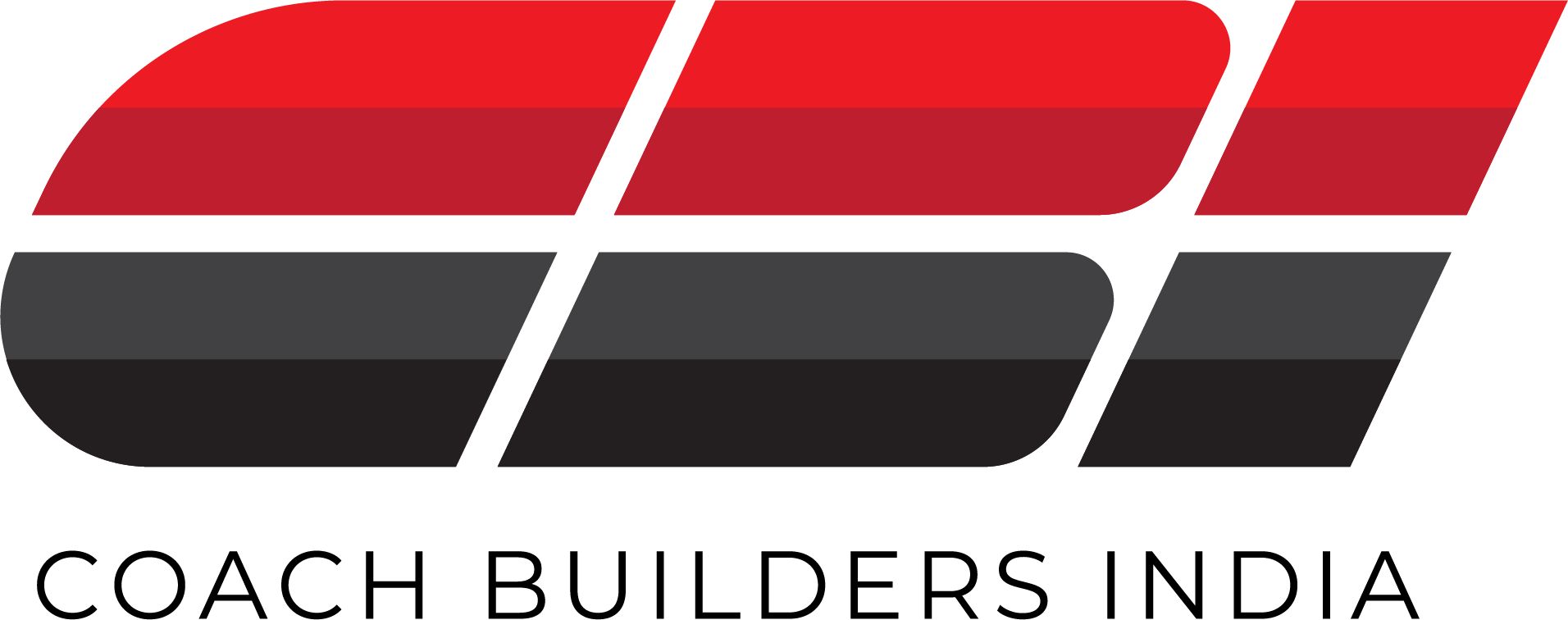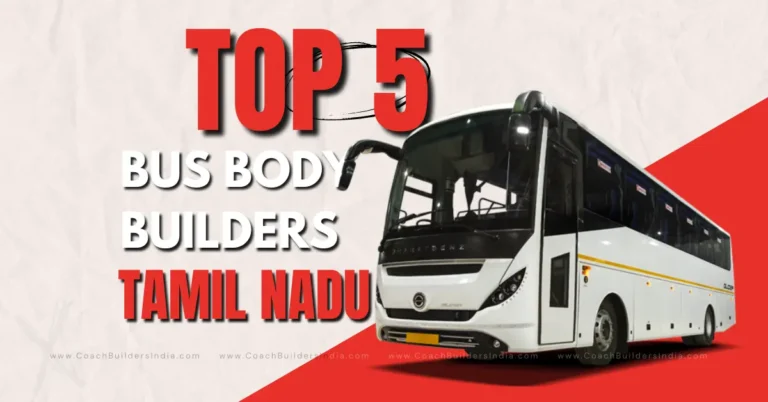Trolleybuses in India: The Skoda Electric Trolleybuses of Bombay

Did you know we used to have trolleybuses in India back in the 60s? If not, I won’t blame you! A majority of Indians are clueless about India’s electric bus heritage.
In fact, I was too, till I stumbled upon pics of these Skoda 9Tr Electric Trolleybuses of Bombay (Mumbai) that were imported from Czechoslovakia in 1962.
There were a total of 12 of these electric Trolleybuses in Mumbai (then Bombay) that plied mainly in Brihanmumbai Electric Supply and Transport‘s (BEST) Gowalia Tank road route, a.k.a, Route 48 (along with BEST Route 104 and BEST Route 135) between 1962 and 1971.
There wasn’t much profit and had to be finally withdrawn on March 24, 1971, in favor of ordinary buses.
You must be wondering, just like me, why such a sustainable mode of transport failed to be profitable, right?
Well, according to veterans, Route 48 traveled through congested roads even back in the 60s and hence the speed had to be kept much below its maximum.
For a trolley bus to be profitable it has to run at a good speed, notes experts.
A Team-Bhp member, who has first-hand experience of the Skoda Trolleybuses in India as a kid, shares another amusing anecdote about these buses.
“Miscreants would tug on the ropes, bringing the current collectors down, and would run away. The Trolleybus would be instantly disabled. The bus conductor would then have to disembark, walk to the rear of the bus, tug on the ropes to bring the collectors down and reposition them on the overhead cables. Was a nuisance and the BEST staff resented the buses for that reason too,” he writes.
Other Trolleybuses in India

Apart from these Skoda 9Tr buses operated by the Brihanmumbai Electric Supply and Transport (BEST), a small Trolleybus system operated in Delhi between 1935 and 1962.
A Trolley bus system exists in Nepal too. The Trolleybus system of Nepal was a gift to the country from China and operated between Kathmandu to Bhaktapur between 1975 and 2001.
The system was restarted in 2003, covering a 5 km stretch between Tripureshwor and Koteshwor.
For the un-initiated, a Trolleybus is an electric bus powered by two overhead wires, from which it draws electricity using two trolley poles. Many cities in the developed countries across the world still operate trolleybuses.
Trolleybus VS Bus
Electrically powered, Trolleybuses have various advantages over motor buses.
For one, Trolleybuses are better climbers in hilly terrain than buses because of the higher static torque produced by the series-wound electric motors.
This is why you will still see trolleybuses in Seattle and San Francisco, both of which are hilly cities in America.
Compared to buses that run on fossil fuel or hydrocarbon, Trolleybus systems are environment friendly, since power is provided from a centralized source.
These buses can also generate electricity, that can be stored or used. The buses convert the kinetic energy that they possess due to their motion through the energy recovery process of regenerative braking. In normal buses, this energy is lost to the brake disks in the form of heat.
In addition, trolleybuses also create minimum noise pollution, can be used in enclosed spaces, and lasts much longer than fuel buses.
Why do trolley buses last longer than normal buses you would ask. The reason is simple – electric motors last longer than internal combustion motors and since there are lesser vibrations comparatively, they tend to last much longer.
Pretty nostalgic for any bus spotter or bus enthusiast right?
Well if are interested you can still get a feel of the vintage Trolleybuses of India, You can check out scale models of the Skoda 9Tr Electric Trolleybuses in the BEST Bus Museum in Anik Depot, Sion, Mumbai.
Catch the Latest Bus Industry Updates, Exclusive Interviews, Bus News, and International Bus News on Coach Builders India. Download the latest issue of the The Bus Insider magazine for industry insights.







